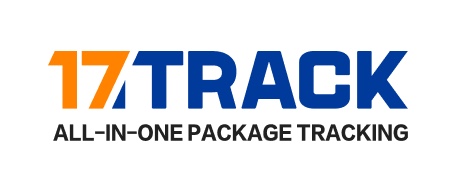The green logistics development of China-Australia freight transportation is showing multiple trends, mainly including the innovation of transportation tools, the optimization of transportation modes, and the upgrading of packaging materials. The following is a detailed introduction:
Innovation of Transportation Tools
Application of Electric and Hydrogen Vehicles: China-Australia logistics enterprises are gradually phasing out traditional fuel trucks and switching to electric or hydrogen fuel cell trucks for last-mile delivery. For instance, some cities in Australia have implemented a night delivery policy, requiring trucks over 40 tons to enter the city at night and install noise reduction devices. Meanwhile, the popularity of electric trucks in short-distance delivery has significantly increased.
Low-carbonization of Air and Sea Transport: In the aviation sector, enterprises like SF Express optimize flight routes and increase aircraft loading rates to reduce carbon emissions per unit of freight. In maritime transport, China-Australia freight shipping routes use low-carbon vessels, such as those powered by liquefied natural gas (LNG) or with optimized hull designs to reduce resistance. The sea-truck intermodal transport model also reduces overall carbon emissions by minimizing transfer links.
Optimization of Transportation Modes
Construction of Multimodal Transport Systems: China-Australia logistics enterprises integrate road, rail, and water transport resources to build a low-carbon transport network. For example, goods from China to Australia can first be transported by rail to coastal ports, then by sea to Australian ports, and finally delivered by electric trucks for the last mile, fully leveraging the low-emission advantage of rail transport and reducing the proportion of road transport.
Intelligent Route Planning: Logistics enterprises utilize big data and artificial intelligence technologies to analyze real-time traffic conditions, cargo distribution, and other factors to dynamically optimize transportation routes. For instance, SF Express, through its self-developed TMS system, achieves full-traceability of goods and intelligent route adjustments, avoiding congestion and empty runs, and reducing fuel consumption.
Upgrading of Packaging Materials
Promotion of Green Packaging Materials: China-Australia logistics enterprises widely adopt degradable and recyclable packaging materials to reduce plastic pollution. For example, Jicheng China-Australia Logistics uses eco-friendly packaging in its FBA headhaul services and promotes packaging standardization and modularization to avoid over-packaging. The application of bio-based materials and recycled plastics is also gradually becoming widespread.
Establishment of Circular Packaging Systems: Some enterprises pilot circular packaging boxes, achieving multiple uses through leasing or recycling models. For instance, some Australian e-commerce companies and logistics providers have launched foldable and easy-to-clean circular packaging boxes, reducing single-use packaging costs and waste generation.
Empowerment through Technology Application
Internet of Things and Blockchain Technology: IoT technology monitors the temperature, humidity, and transportation status of goods in real-time through sensors, reducing repeat transportation due to damage. Blockchain technology is applied to carbon emission tracking and supply chain transparency. Chinese and Australian enterprises have jointly developed blockchain platforms to record the carbon emissions data of goods throughout their life cycle, providing a reliable basis for carbon trading.
Automation of Warehousing and Sorting: Logistics enterprises increase investment in automated equipment to enhance warehouse efficiency and reduce energy consumption. For example, SF Express has built an intelligent overseas warehouse in Australia, using robot sorting and automated storage systems to reduce labor requirements and lower energy consumption for lighting and air conditioning in the warehouse.
Policy Cooperation and Driving
Policy Support and Incentives: China has launched the "Green Freight Distribution Demonstration City" program, providing financial subsidies to qualified cities. Australian state governments have also introduced low-carbon logistics policies, such as New South Wales offering tax breaks to enterprises using electric trucks and Victoria establishing a low-carbon logistics fund.
International Cooperation and Standard Alignment: China and Australia closely cooperate in the decarbonization field, jointly building green energy logistics parks and formulating green logistics certification standards to promote the greening of cross-border logistics.


